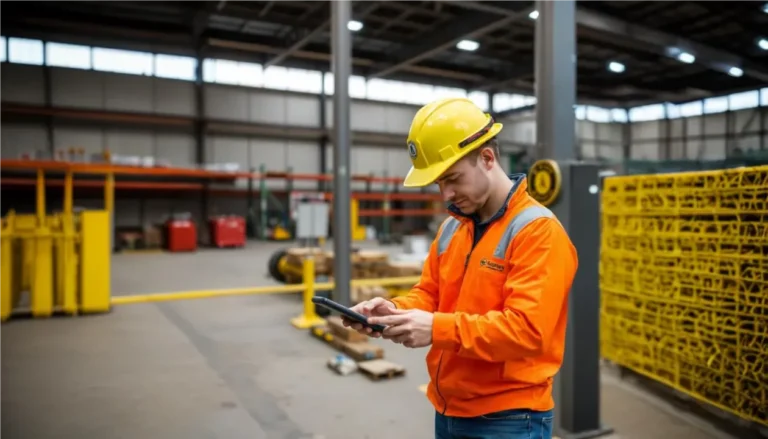Gamification & Enhance Participant Engagement at Events

Gamification is a popular technique that helps to get more people involved in various events. It makes it easier for these people to have fun by using scoreboards, levels, and challenges often seen in video games. For event organizers, it has provided innovative solutions in a world where attention spans are always at a premium. Event management app development company told us how it works in practice.
Why Gamification is Good for Events
The participant experience can be significantly enhanced through gamification, leading to increased engagement and satisfaction. Such participants are more likely to actively engage with content, actively discuss it, or even share their experiences via various forums where such things are done (cite). This results in positive comments and repeat attendance at future events. Gamification not only makes an event more fun, it also allows organizers to get a better understanding of the type of people who might attend and their interests.
Lionwood told us about the benefits of gamification at events:
Increased Interest. By utilizing gaming mechanics, organizers can transform passive observers into active participants.
Community Building. Gamification encourages interaction among participants, fostering a sense of community and unity.
Measurable Outcomes. Collecting data on participant engagement and achievements allows organizers to analyze event effectiveness and make improvements for the future.
Examples of Gamification at Events
- Reward systems. Organizers can set up points systems in which participants earn points after completing certain tasks, such as attending seminars or filling out questionnaires. To win different prizes or get privileges, participants spend their points in contests and competitive events that are more rewarding than the points earned in reward systems.
- Contests and sweepstakes. Contests and contests offer some sort of prize to get more people interested. Such contests can include online games that reward the best players or themed quizzes.
- Interactive platforms. For example, the use of mobile apps allows for real-time tasks that pit participants against each other via their phones, increasing engagement as they have to react quickly to avoid losing. This can include solving puzzles that lead a group member to new floors, or conducting face-to-face conversations at conferences.
How to Implement Gamification at Events
Before implementing gamification, developers should objectively determine what organizers want — do they want to increase attendance or gather opinions from people who are likely to provide feedback, or do they need ideas to get people talking more, which is useful for event attendees?
Creating a framework can help make this process interesting. It was agreed that creating a simple and clear structure for gamification will allow the audience to follow how points are earned and determine possible prizes.
FOR MORE INFORMATION CLICK HERE : christmas gifts for her
The information gathered can be used to identify aspects that were successful in the gamification process and those that need improvement by reviewing the data after the program is implemented.






